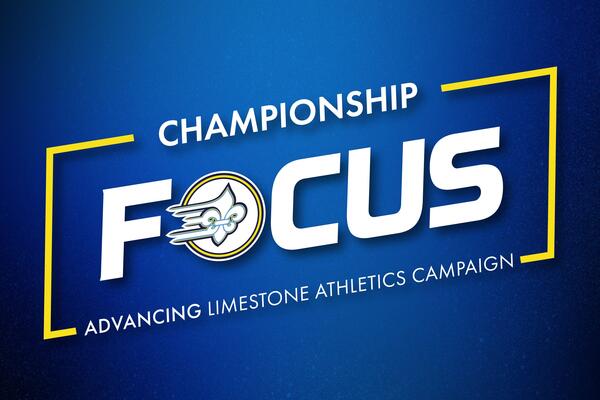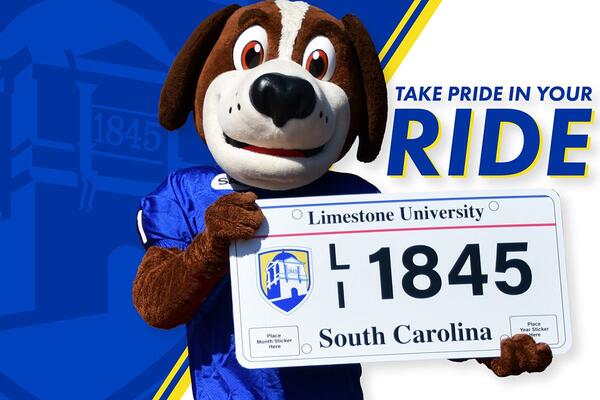July 10th, 2019
Public or Private?

There are many differences between public and private colleges and universities. When you’re beginning your college search at any level, it’s important to understand the differences and determine which one is going to be best for you. From financial aid opportunities to class sizes and program options, here are all of the things that you should be thinking about when it comes to answering the question, “Public or private?”
Financial Aid Opportunity
While you may think that private schools are more expensive and therefore cost more to attend, you are mistaken! Private schools often offer more scholarship dollars and award more financial aid than public schools, which are often funded by the state and federal government. Private schools often offer grants and scholarship programs to qualifying students to reduce their “sticker price” and make it more affordable for students. Don’t get “sticker shock” – talk to someone in the private school’s Financial Aid office to get a better picture of what the cost will look like for your family. Chances are, it’s much less than what you thought.
Programs Offered
Depending on what you intend to study, the number of programs your school offers, and the specific programs can help you narrow down between a public school or a private school. Some private intuitions will offer very specific majors that you can’t find at larger schools. Some larger schools will have lots of different majors to choose from, and sometimes entire schools dedicated to a discipline, such as a School of Engineering. When you’re looking at public and private colleges, make sure that you look to see if they have your intended major or ones that you would be interested in.
Institution Size
While not always true, public universities tend to be larger than private. If you are looking for a large-school atmosphere with thousands of potential friends and connections, then a public university may be your ideal environment. At private schools, you may hear that you are a “name, not a number.” You will have the opportunity to build relationships with faculty and staff in a way that you may not at a public school. Your professors will know your name, and smaller class sizes allow for interactive, discussion-based learning with your peers.
Location
Think about where you see yourself going to college – is it a bustling metropolis in a big city? Or is it a quaint, small college town? Public schools tend to be located in big cities and have larger campuses. Private schools may be located in small towns, more rural areas, and have smaller centralized campuses in a true “college town.”
Program Delivery and Class Size
Consider how you learn best – do you like to engage in discussions with your classmates and professors, or do you prefer to sit back and listen? Large schools tend to have larger class sizes, meaning you could be in a class with more than one hundred students at a time. Private schools tend to have smaller class sizes and may even cap classes at a certain number to keep the size low. Think about your ideal learning environment and whether or not you prefer to meet face-to-face or online. These are important points to research when you’re considering public schools and private schools alike.
Available Opportunities
While you may think that big schools correlate with big opportunities, that’s not always true. While public schools may have partnerships with big companies and organizations, there are also a lot more students competing for a limited number of spots. Private schools can offer different opportunities that are no less prestigious than what you could pursue at a public school. At a private school, you can build relationships with faculty and staff that could lead to lucrative internships and research opportunities that you didn’t intend to seek out at first. Additionally, if you’re applying for an opportunity, your chances of receiving it may be higher as the applicant pool may be smaller at a private school.
Community
The community at public and private schools can differ greatly. For instance, if you have always wanted to go to a big football school and attend games every Saturday with five thousand other fans, you might not be interested in attending a small school with no football team. Do your research on the community at each institution you’re considering. To do this effectively, you will probably want to set up a campus visit to meet with current students, faculty, and staff to get a better feel for the environment. You will find community no matter what type of school you choose, but the communities you are engaged with can vary greatly. At private schools, they tend to be tight-knit and almost everyone is involved in various activities. It can be easy to get involved, find leadership positions, and divide your time between multiple activities. At a public school, there may be one thousand and one opportunities to get involved with the community. The best way to discover if the community is the best fit for you is to go check it out yourself!
Of course, there are a lot of other differences between public schools and private schools. Answering the “Public or Private?” question is complex because it can’t be boiled down to a list of five hard and fast things. Ultimately, you will have to do your research and decide for yourself what environment is best for you to thrive in!


